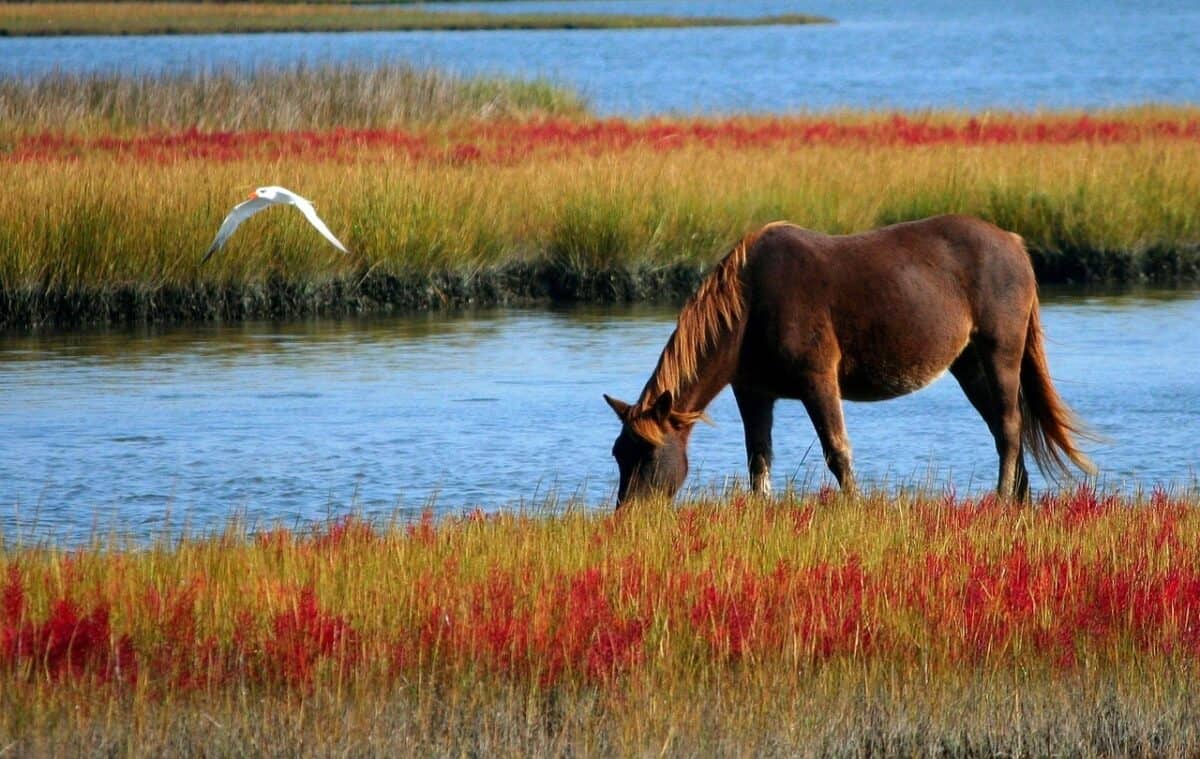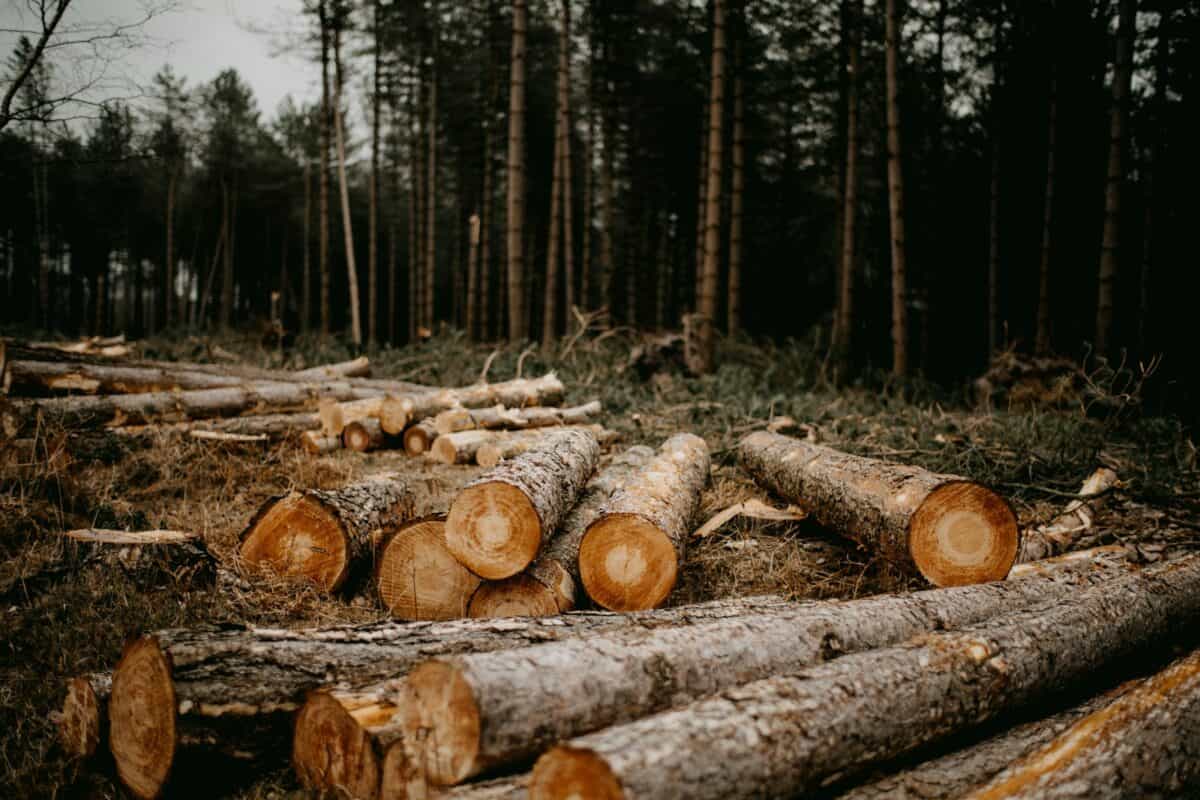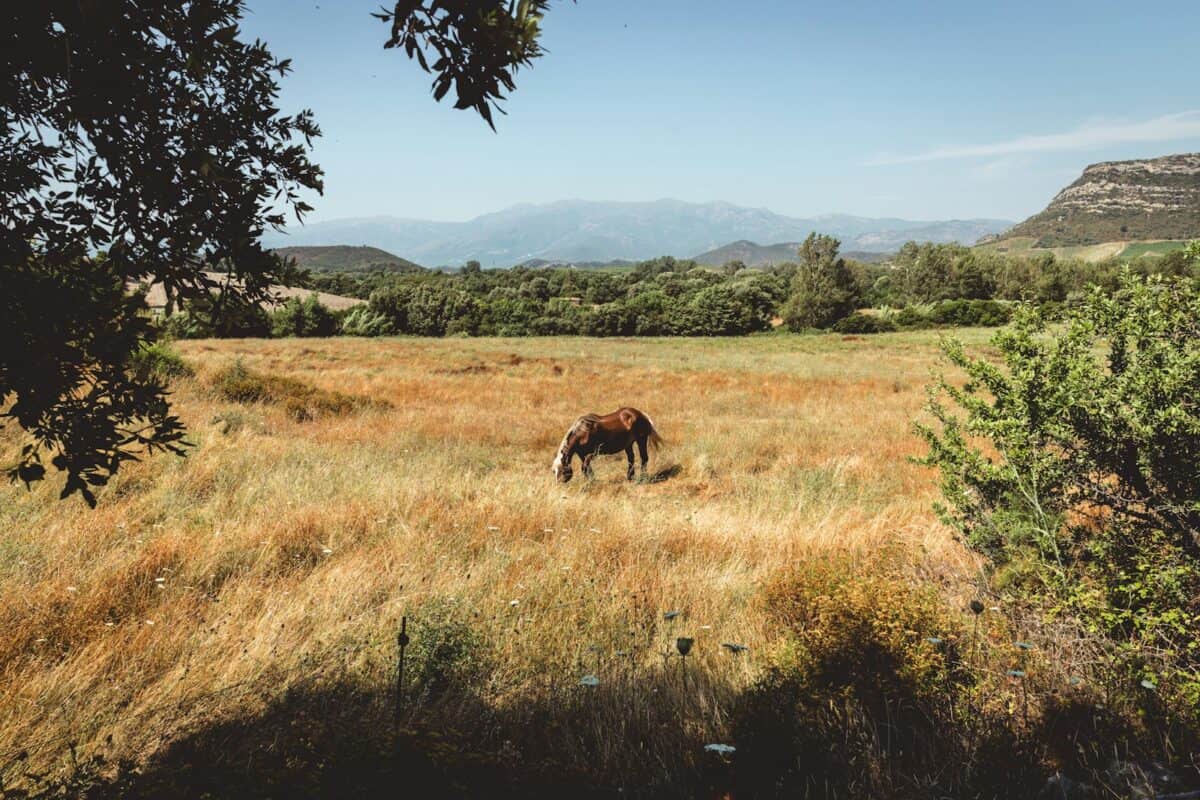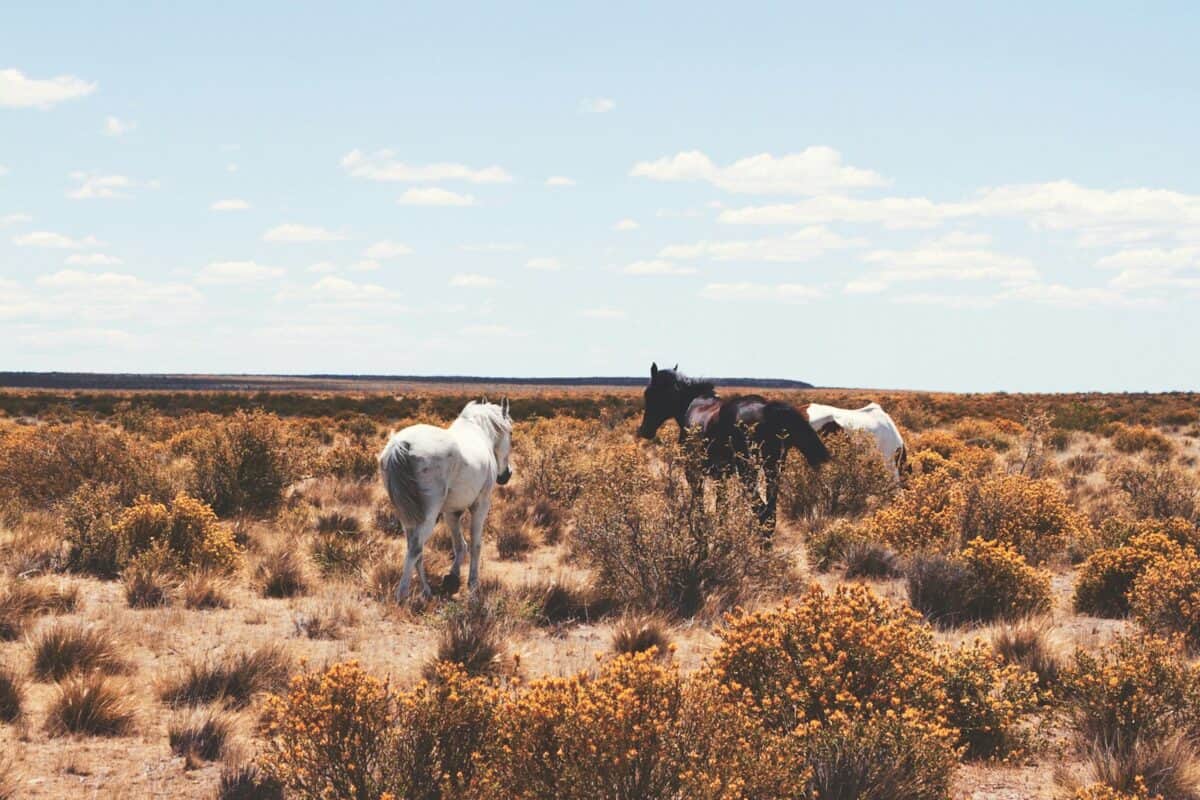The wild horses of North America, often celebrated as symbols of freedom and untamed beauty, are facing imminent threats from an unexpected adversary: dwindling water supplies. As climate change and human activity continue to reshape our landscapes, these majestic creatures may find themselves in a battle for survival. This article delves into the complex tapestry of factors endangering these wild populations, providing an eye-opening exploration of their plight, and offering insights into how we can help preserve these irreplaceable icons of the natural world.
12. The Emergence of the Water Crisis

The reduction in water availability in regions inhabited by wild horses is primarily attributed to prolonged drought conditions. As climate change accelerates the frequency and intensity of droughts, water sources become scarce. This environmental challenge poses an existential threat to wild horse populations that rely heavily on rivers, streams, and waterholes for hydration.
11. The Impact on Wild Horse Habitats

Shrinking water supplies significantly transform the landscapes that wild horses call home. As water bodies dry up, vegetation suffers, leading to the degradation of the habitat. With limited grazing, horses must travel further afield, increasing energy expenditure and influencing their overall health. This habitat loss reduces their chances of survival and compels them into areas where human-wildlife conflicts may arise.
10. Understanding Wild Horse Ecology

Wild horses are highly adaptable creatures, known for their ability to survive in diverse environments. These animals have evolved to endure harsh conditions but face limits when essential resources like water and food are endangered. Understanding their ecological needs is crucial for implementing conservation efforts tailored to their survival.
9. The Role of Human Activity

Human activities exacerbate the challenges faced by wild horses. From agricultural expansion to urban development and the diversion of natural water sources for human use, these activities further compound the stress placed on the ecosystem. Additionally, fences and barriers constructed to protect human interests often restrict wild horses’ access to vital resources like water, increasing their vulnerability.
8. Conservation Efforts and Challenges

Various organizations are working tirelessly to address the water crisis affecting wild horses. Strategies include creating artificial water sources, lobbying for the protection of natural water bodies, and promoting sustainable land management practices. However, these efforts face hurdles such as insufficient funding, competing land-use priorities, and the complex nature of drought mitigation.
7. The Role of Government Policies

Government policies play a critical role in safeguarding wild horse populations. Enforcement of protective laws, habitat management plans, and strategies targeting climate change are essential components of any comprehensive approach. The balancing act between conservation needs and economic interests remains a contentious issue.
6. Wild Horse Behavior in Times of Drought

As water becomes scarce, wild horses exhibit changes in behavior. They may venture into areas closer to human settlements, increasing the possibility of encounters. Horses may also exhibit signs of stress, such as decreased energy levels and aggressive behavior, stemming from the necessity to compete for dwindling resources.
5. The Importance of Public Awareness

Raising public awareness on the plight of wild horses is crucial. Engaging communities through educational programs, awareness campaigns, and advocacy can help draw attention to their challenges. Increased knowledge empowers individuals to support conservation efforts through donations or active participation in conservation initiatives.
4. The Intersection of Biodiversity and Ecosystems

Wild horses play a pivotal role in maintaining the health of their ecosystems. By grazing, they help control vegetation growth, contributing to biodiversity. The loss of wild horse populations would not only affect the species itself but would also disrupt the ecological balance, highlighting the importance of preserving these creatures.
3. Future Projections and Climate Change

Climate change presents an unpredictable future for wild horses. Projected increases in temperature and shifts in precipitation patterns could further exacerbate the scarcity of water. Preparing for these changes and developing adaptive management strategies are vital for long-term conservation success.
2. How Individuals Can Help

Individuals can contribute to wild horse conservation by supporting wildlife organizations dedicated to habitat preservation. Advocacy, volunteering, and responsible land stewardship are actionable steps. Educating others about the situation and lobbying for policy changes can also effect significant positive change.
1. A Call for Global Action

The crisis facing wild horses is a microcosm of global environmental challenges, underscoring the urgent need for collective action. Collaboration between governments, NGOs, and the public is essential to address the broader environmental issues that threaten biodiversity worldwide.
In conclusion, while the plight of wild horses may seem dire, ongoing efforts and an increased global awareness hold the promise of a sustainable future for these iconic animals. By understanding their struggles and taking decisive action, we have the power to secure a place for wild horses in the rich tapestry of our natural world.
- The Role of Animals in Mexican Folklore and Culture - August 16, 2025
- What Makes a Champion Racehorse? Experts Explain - August 16, 2025
- The Wild Mustangs of Nevada Are a Living Piece of American History - August 16, 2025

